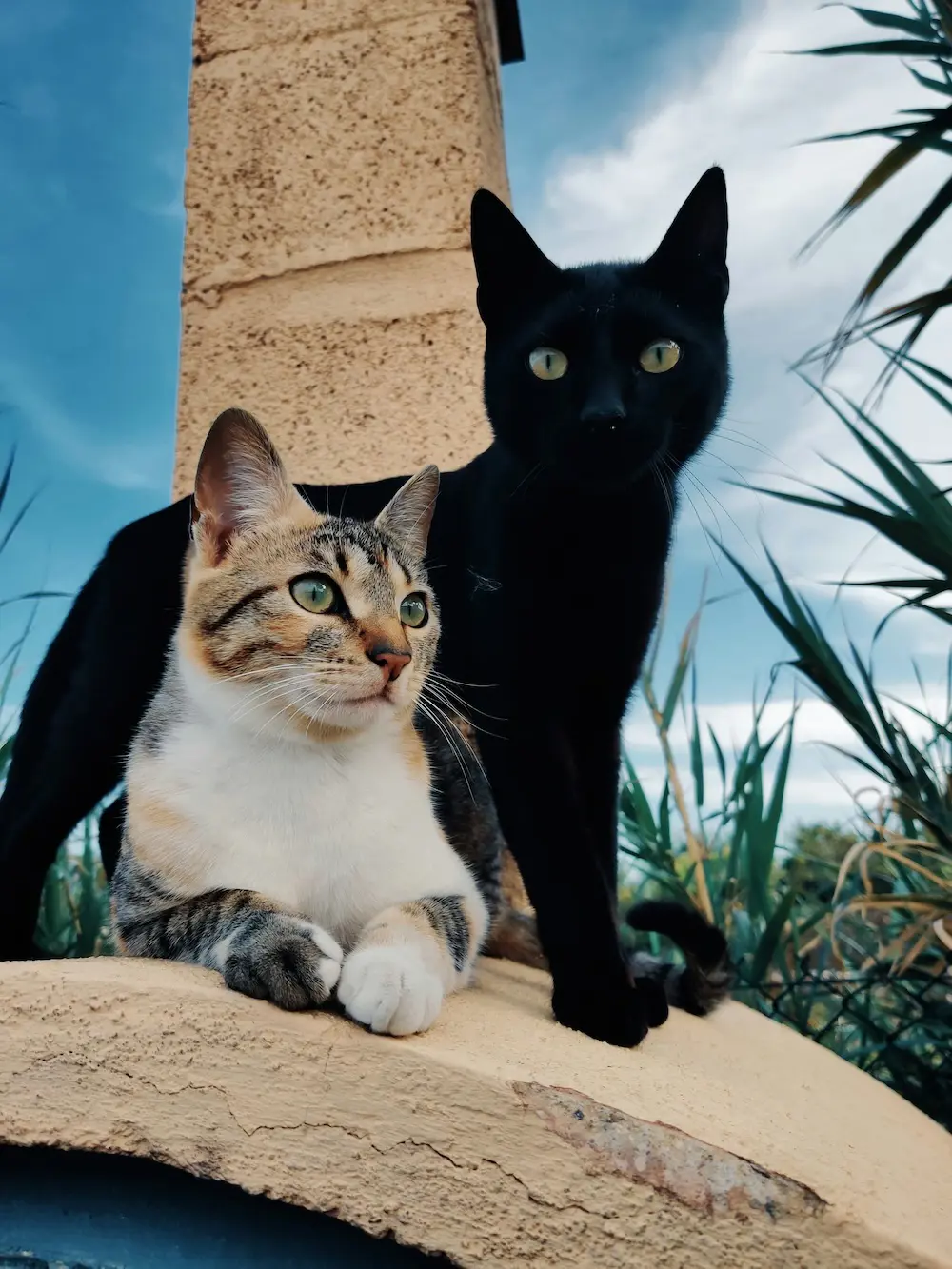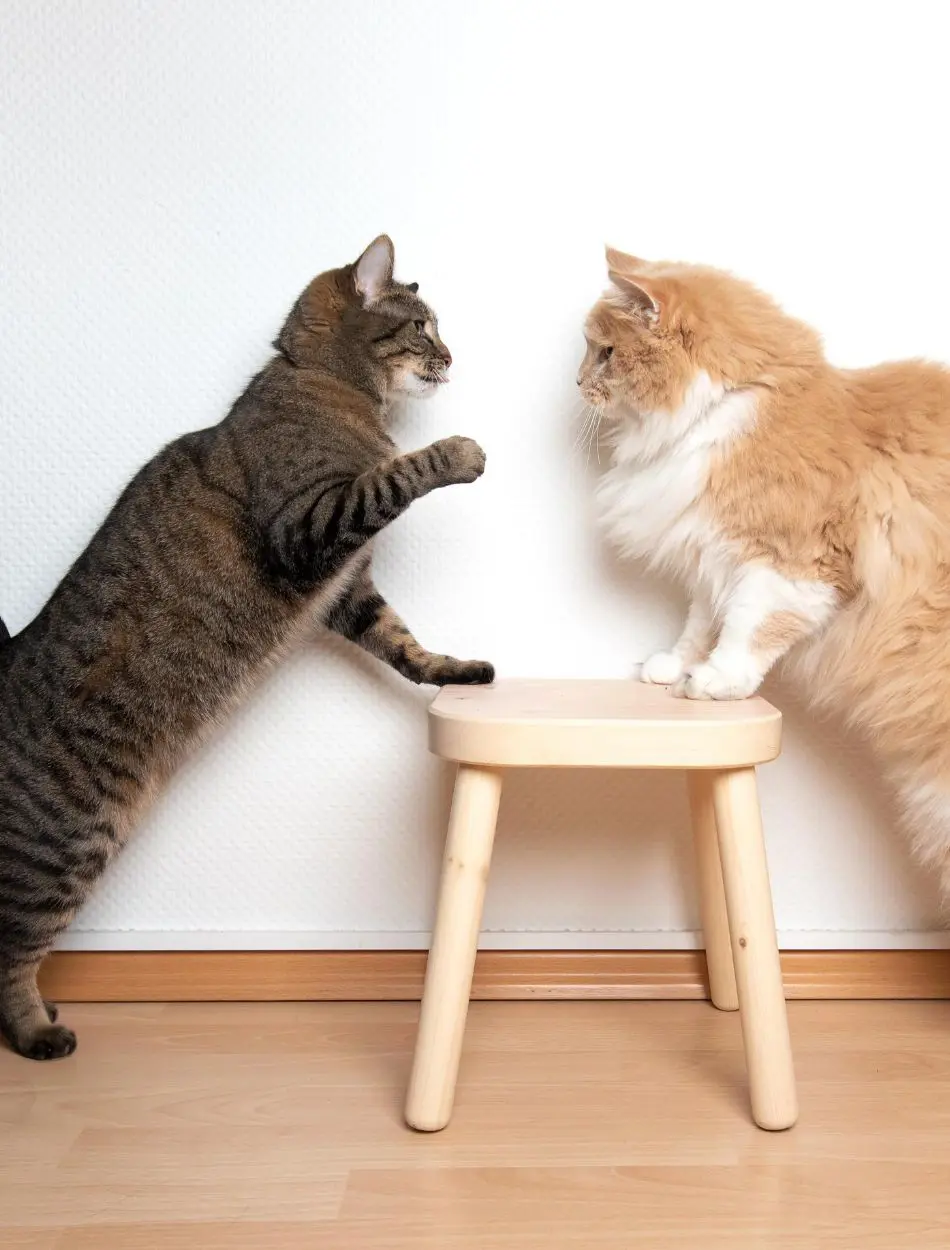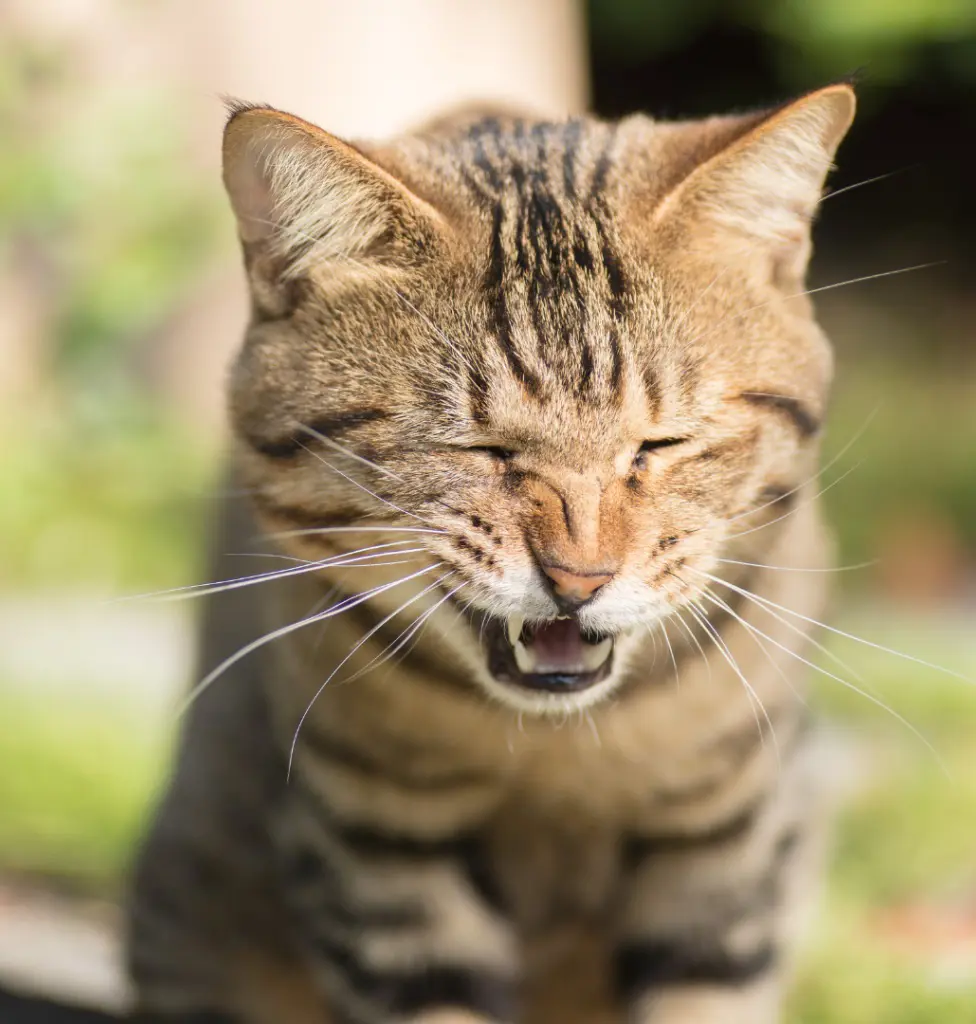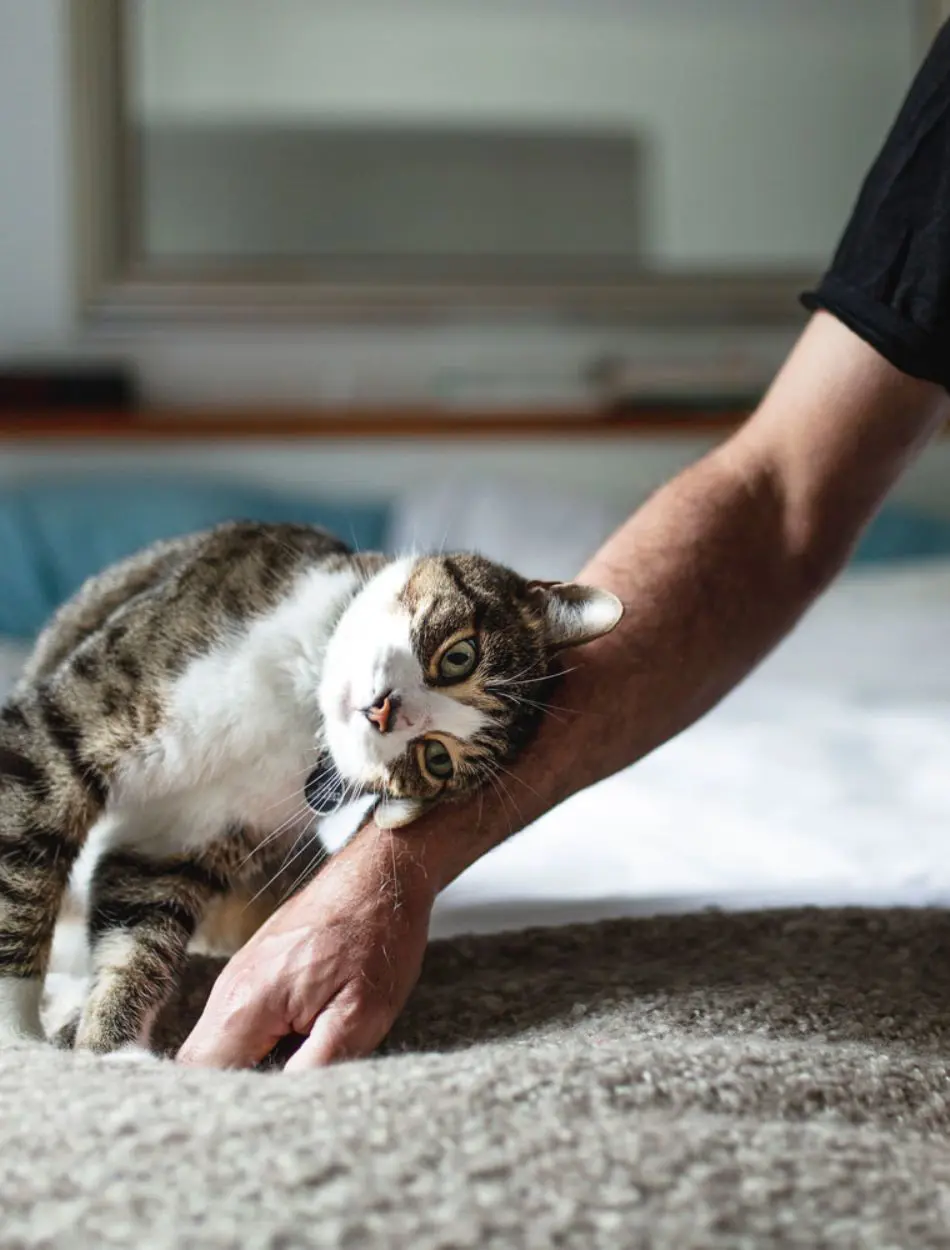Why Do Cats Chirp? The Reasons Behind This Cute Sound
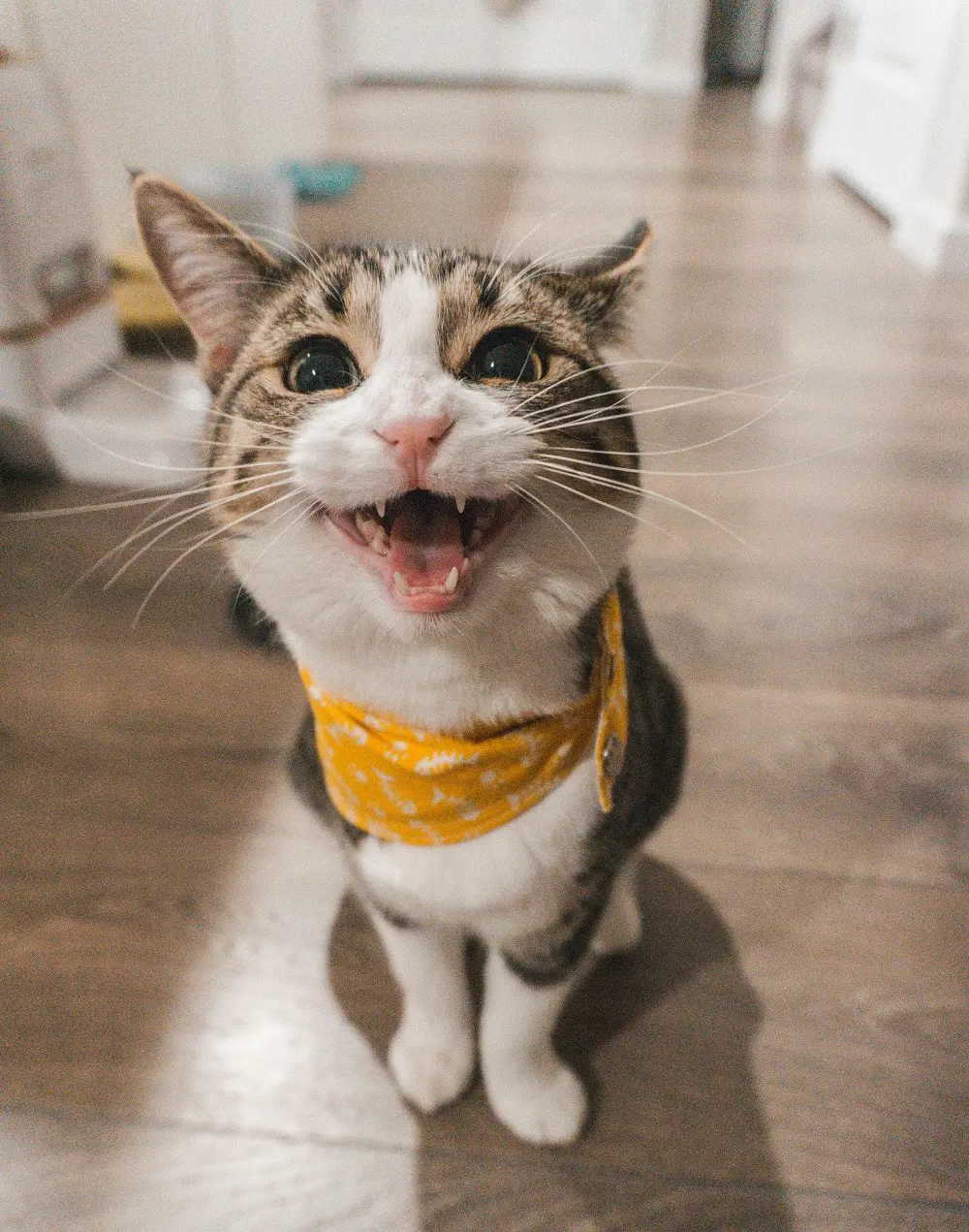
Cats chirp, creating a unique and endearing sound that captivates many cat owners. This vocalization is distinct from the usual meows, purrs, and hisses that felines often produce.
A chirping cat typically makes a series of high-pitched, trilling sounds, almost reminiscent of a bird. This sound can be a delightful surprise for those who are accustomed to the more common feline noises.
1. Predator Instinct
Chirping in cats is associated with a hunting theme, which mostly takes place just before the cat sees a bird or other small animals. The vocalization could imitate the birds' calls, in other words, to either confuse the prey or just signify the frustration of the cat when it could not get to it. Certainly one of the more interesting examples is how cats use sound as part of their hunting strategy, all the way through to domestication and good feeding.
More than the immediate context of hunting, this chirping serves to express a cat's urge to hunt. A fit of chirping may be seen from indoor cats when just catching sight of birds outside their window. It is at those instances that one realizes that a cat is a domesticated pet and a wild hunter rolled into one.
2. Communicating with Humans

Perhaps the chirping is not set aside for other animals; after all, cats do chirp to their human companions. This sound could be taken as a sort of greeting, meaning a way of displaying excitement or curiosity at the sight of someone they love. It is a much softer, more inviting sound than a meow and is usually used in the circumstances when a cat is feeling safe and content.
Knowing this chirping to be a possible communication method might even strengthen the attachment between a cat and its owner. The crux of this theory lies in the fact that cats do feel humans are a part of their social world and treat them to the same vocal expressions they reserve for peers. This is just one of those characteristics in cat behavior where the feline manages to mix elements of affection with curiosity in the case of humans.
3. Mother-Child Interaction
Chirping is a method of communication mother cats use in the wild when they communicate with their kittens. This can be a follow me, stay close, or pay attention to something very important type of sound. It is a soft and caring way to communicate when guiding young kittens in early development.
This form of maternal chattering is not infrequent in domestic cats, particularly those that have gone through the litter. Even if they do not have kittens at the time, the tendency to chatter as a means of caregiving communication remains. It is a window into the very instinctive ways by which cats run their social frameworks and care for their young.
4. Excitement or Anticipation
Chirring is one of the common sounds that cats use to express excitement or in anticipation of something pleasant, like play or even food. It may represent eagerness, literally meaning "I can't wait!" It's a very energetic sound, mimicking precisely the higher degree of arousal in a cat.
Knowing this background will enable cat owners to understand much better what their pet needs and what kind of mood it is in. It can be either a request to be engaged in some favorite kind of activity or simply the idea of playing with a favorite toy, or special treats that happen to taste good. This sound, for what it truly is, becomes a very upbeat expression of expectation and another rich layer in the tapestry of feline communication.
5. Curiosity
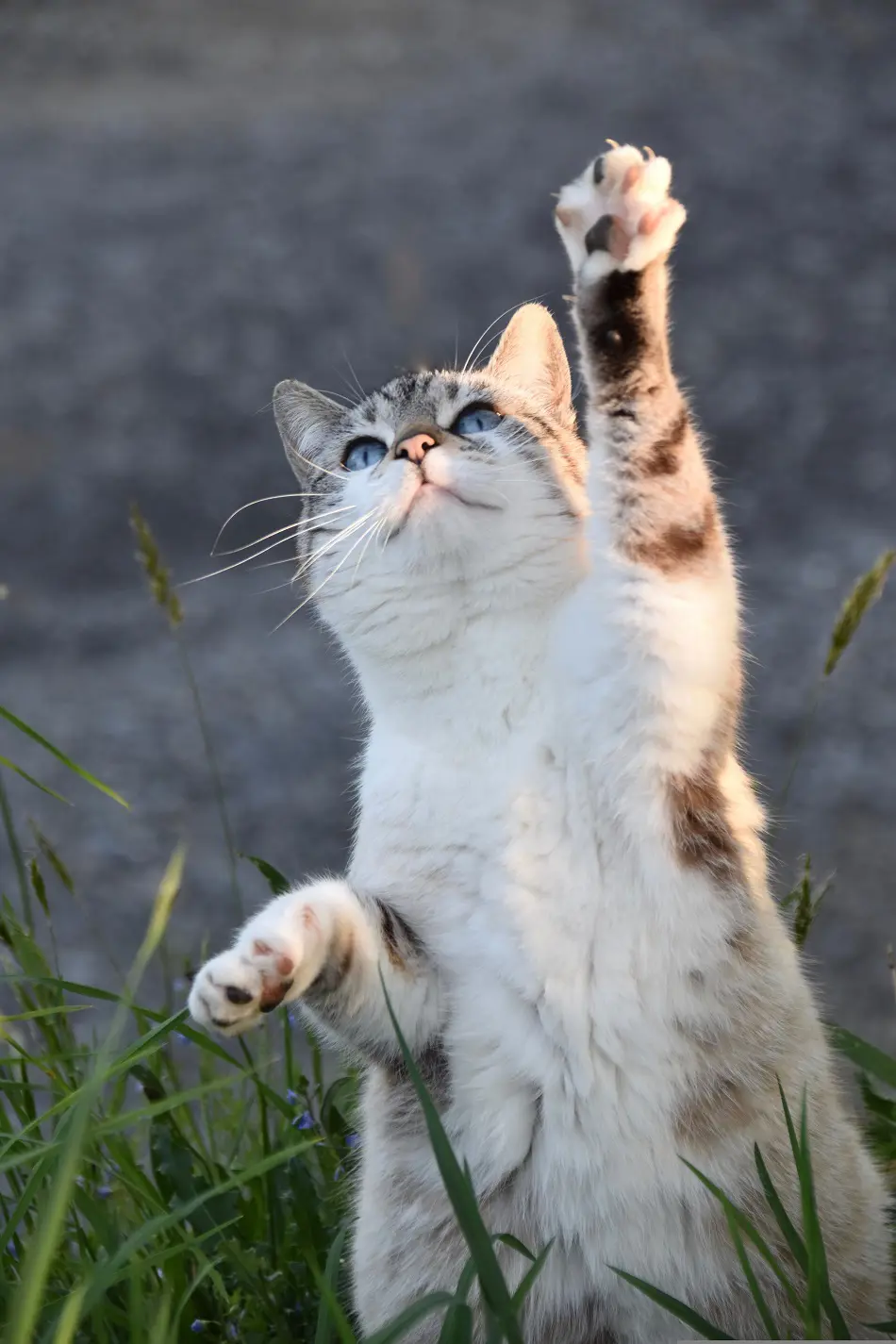
Curiosity comes naturally within the character of a cat, so chirping might become a sort of voiced expression for that curiosity. As a result of such curiosity, chirping may follow the occurrence of anything new and interesting; sometimes, it could even be a new object, a change in environment, or even a person they have never seen before.
It's in this context that the chirping is expressed, soft and inquiring, going along with cagey interest on the part of the cat approaching new experiences. In a sense, it's a sound that says, "I'm interested, but am still figuring this one out." For cat owners, recognizing the chirping as an indicator of curiosity can provide some clues as to what's gotten their pet's attention.
6. Frustration
It could, therefore, even be one of the frustrating sounds when one feels like chasing after something that is clearly out of reach, such as a bird outside the window. It is the sound that can be most closely related to showing that inner longing to do something about the hunting instinct or one that portrays a gap between desire and reality.
This is probably earmarked by fast, short, annoying-sounding chirps and chatters, with an intense stare and tense body position. It is due to such traits that this behavior is one of the wealthily emotional lives of cats where moments of joy and curiosity turn into frustration. The very realization of the fact will, in itself, help the owners empathize with what their pets go through, however insignificant and trivial it may feel.
7. Playfulness
Chirring and chattering also accompany feline play, particularly in cats that are very engaged or excited. Calling can accompany playful stalks or pounces and provides an auditory element to the visual and physical components of play. As a joyful expression, this enhances the playful interaction between the cat and the owner or other pets.
One could interpret that, in this manner, chirping is part of the vocabulary of play whereby cats try to communicate their pleasure and readiness. It is a sure sign that the cat is indeed caught up in the action as a result of physiological and mental stimulation to play. To a cat owner, this chirping is an agreeable sign that the pet is enjoying itself.
8. Social Interaction with Other Cats
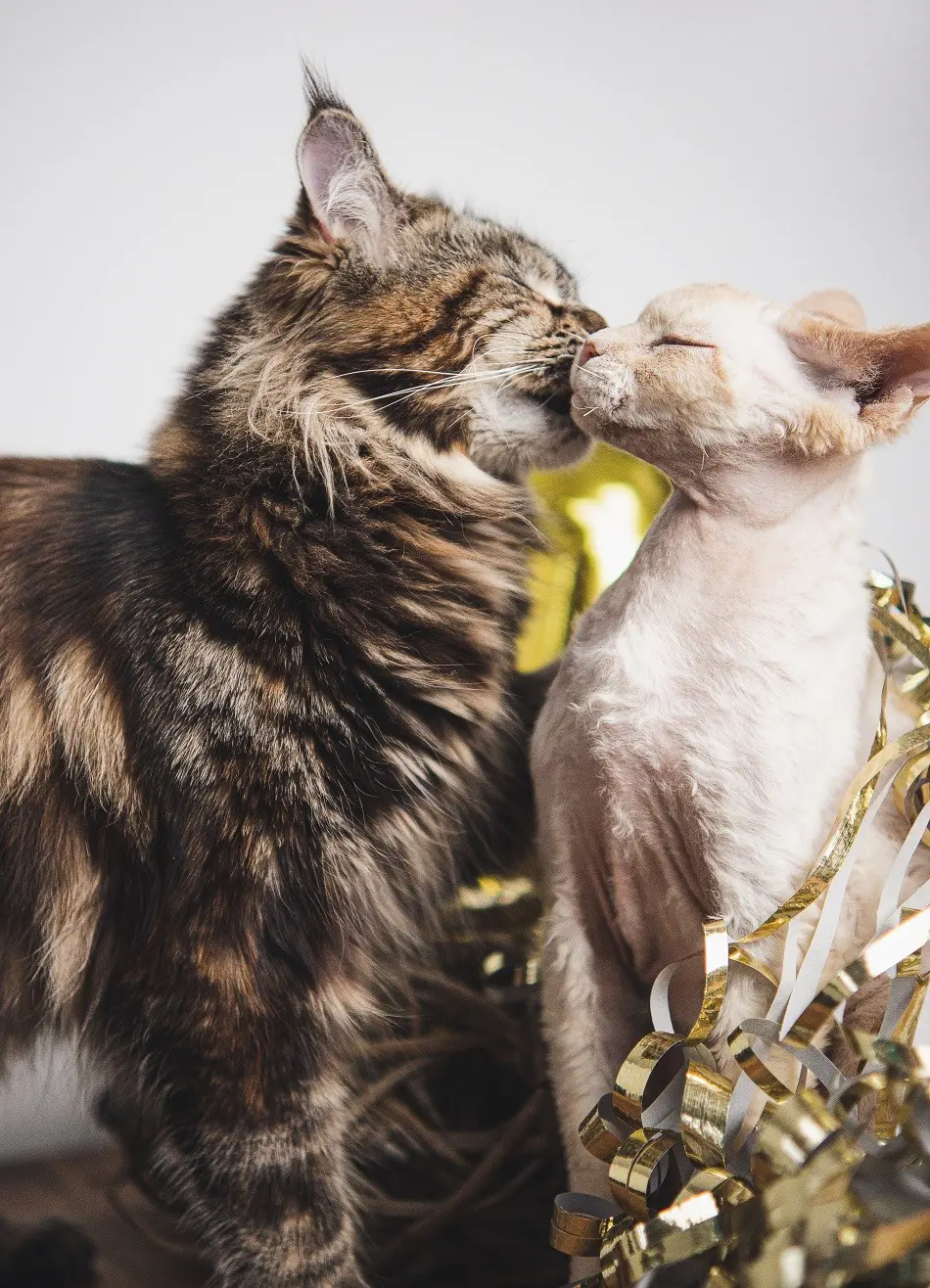
It is part of the feline's communication, and therefore it makes the cat social. It could be a hello, or probably some sort of recognition signal, or maybe an invitation to play. It is a versatile vocalization that aids the cat in its social life when living with other cats or meeting them outside.
It may reflect a type of feline peace in multi-cat households, where felines feel comfortable around each other. Compared to certain other chirps that conjure aggressive or defensive connotations, this is a very warm and positive noise. The meaning behind the chirping can assist an owner in designing an environment that invites peace and cooperation into the group of feline friends.
9. Attention Seeking
Chirping can also represent a way in which a cat may get the attention of its human companion. Generally, this sound is lower and more pleasant than a meow, something cats use to get attention without demanding too much. It is almost as if they were saying, "Look at me," or "I want something."
That chirping means they are trying to get attention could be very helpful because it gives cat owners an alert to know and understand what their cats might need or want. Maybe it is for affection, play, or probably some kind of acknowledgment that they get through the sound, the soft cue that they want some interaction. It goes to show that these are some of the very subtle classes of ways in which these cats get to convey intentions to the world around them.
10. Feeling Content

Sometimes, chirping serves the purpose of affording comfort. Cats tend to chirp in various instances, for example, while comfortable, relaxed, and happiest. Much as they purr, it can be a soft, rhythmical noise that is part of the atmosphere of the home.
If their cat does chirp during times when it feels content, then the sound should be very reassuring for a cat owner, providing that sense of security. It is the kind of gentle, deep expression for being content that bodes back to feelings that point to the general happiness and satisfaction a cat feels with its life.
11. Imitation of Prey
Some theories indicate that perhaps cats chirp to imitate their prey, be it a bird or small mammal. Mimetic behaviour may be part of the hunting in which attracting prey by closer imitation of familiar sounds could be involved. Though this theory is doubtful, it does raise the possibility of just how complicated feline communication really is.
Though this theory of mimicry does not explain the chirping, it evidently signals that the sound has much to do with hunting behavior. Cats can be found chirping when they watch a bird or any other small animal; sometimes they may be hunting and the other time they may just stand and watch. This explains how reasoning with a cat is involved with the surroundings due to nature and nurture.
12. Stress or Anxiety
Though chirping is an indication of good feelings, it could be due to stress or anxiety as well. The chirping of cats may be attributed to situations that are new and of which they are not familiar, like moving into a new house, meeting new people, or even listening to loud noises. It may represent the talking of the cat about discomfort or even trying to get comfort.
That knowledge could, of course, help cat owners to calm and reassure their pets in dangerous situations. This also reminds us of the fact that sometimes a very tiny change in a cat's environment can lead to large emotional responses on its side. Owners may notice better with such listening to the needs of the pets and service them accordingly.
13. Signaling Non-Aggression

Chirring in social situations could mean the signaling of non-aggression, hence trying to set the other animals that this cat is not harmful. Not to say in the least this could be diffusing a situation of tension or sending a communication to action with other animals and even people. Softer and more inviting than more defensive or aggressive vocalizations:
Knowing that chirps are a non-aggressive signal can help cat owners understand the social interactions of their pets. It conveys openness, a willingness of the part of the cat to engage other animals or people in a friendly exchange. This might be an insight that helps the owners set up positive social experiences for pets.
14. Learning and Imitation
They are quite an observant lot and tend to imitate just anything that's around them, some even imitating the sound of chirping birds. Perhaps this imitation is some sort of learning where the cat tries out every possible sound and vocal cord it can produce. They are exploring their vocal range and capabilities playfully.
Some cats will even go to the extreme of mimicking any sounds their human companions make, thus proving the fact that they are creatures capable of adjustment and communication. It simply means that feline communication is dynamic, a mixture of instinctual and learned behaviors in the cat's relation with its world.
15. Attention to Detail
Chirring is also very common in highly focused cats because of their attention to detail. It comes with moments of interest in observing a bird, moving laser pointers, or studying a new object. This is their vocalization for minds in focusing on one thing.
This behavior in cats, however, is like a window into their inner world: what interests and attracts their attention. It speaks of the inquisitive mind of the cat in their capacity to get deeply engaged with their environment. Attention to detail forms part of feline behavior that is driven by survival instincts and curiosity.
16. Expressing Hunger
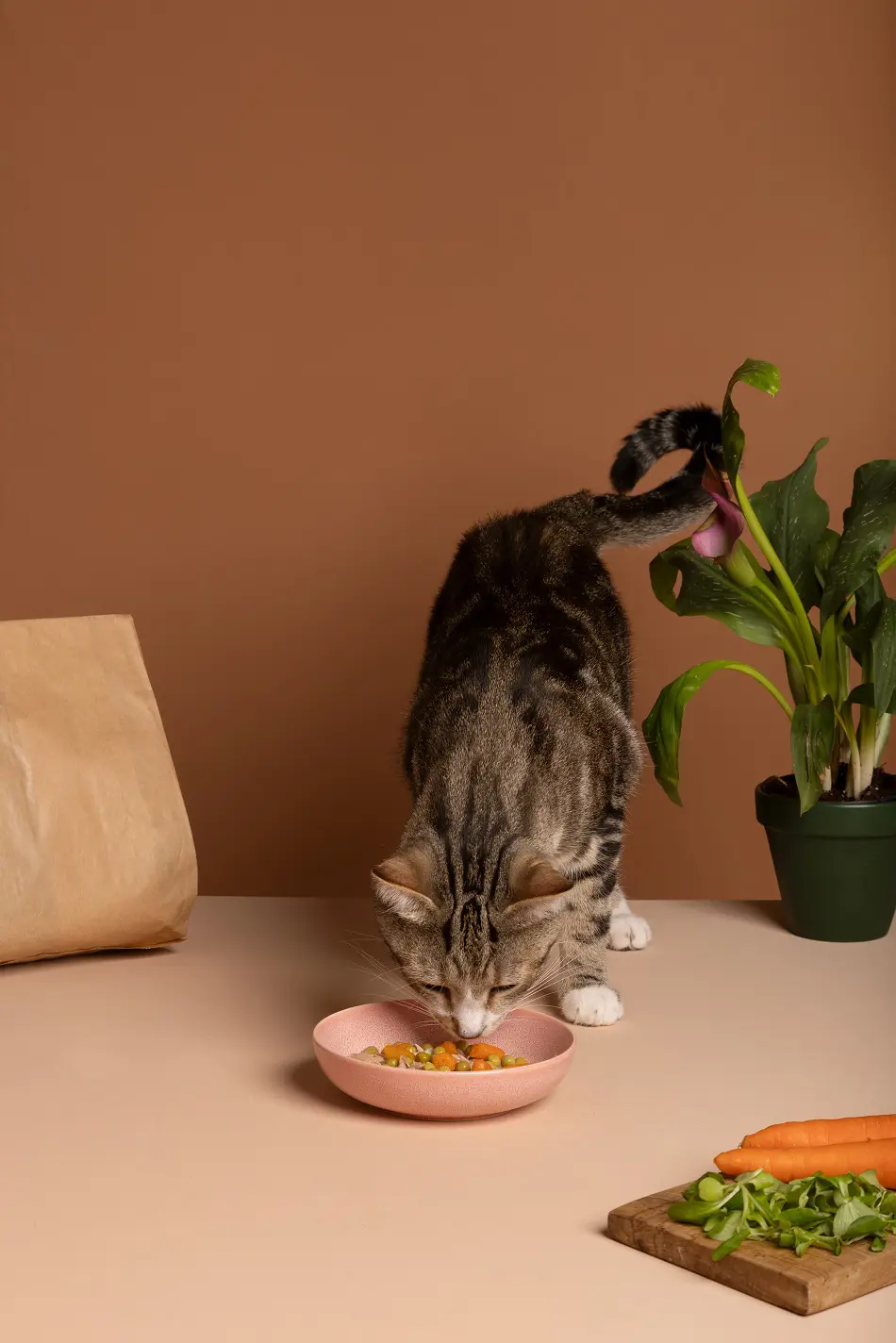
Some cats chirp when they are hungry or anticipating a meal. A soft reminder to owners that it's time to eat may add a voice component to the very common behaviors of leg rubbing or sitting beside the food bowl. It is a way for cats to communicate their needs in a non-demanding manner.
Knowing this use of chirping will let owners know how to better manage feeding routines and identify times when pets are hungry. It is yet another illustration of how cats can use their vocalizations to communicate with their human companions about specific needs or wants. This deepens the bond between cat and owner, giving meaning to simple interactions every day.
17. Exploring New Environments
They may chirp when introduced into a new environment while they examine it. Being a sound that expresses curiosity and tentative excitement, it helps in acclimatization to new environments. This could be a vocalization that accompanies their cautious yet eager investigation of new spaces.
This could be a good sign to cat owners that their pet is adjusting to changes—new home, new furniture, even visits to the vet. Having an idea that chirping in cats is part of the exploration phase would make one much more confident that the cat copes quite positively with whatever it is investigating. It shows the resilience and adjustability of the cat—two major features for its survival and domestication.
18. Affection and Bonding
Chirping could even be used to express love, a sound to bond cats to their humans or other pets. The call can be a vocal dimension that accompanies purring, nuzzling, or other affectionate behaviors to express love and trust.
Most touchingly, chirping might happen during those moments when one is very close to the cat; it helps strengthen the emotional bonding between the two. It's a reminder that cats have their unique ways of expressing affection, often subtle and nuanced. It's this kind of vocalization that helps deepen the relationship between cats and humans.
19. Vocal Experimentation
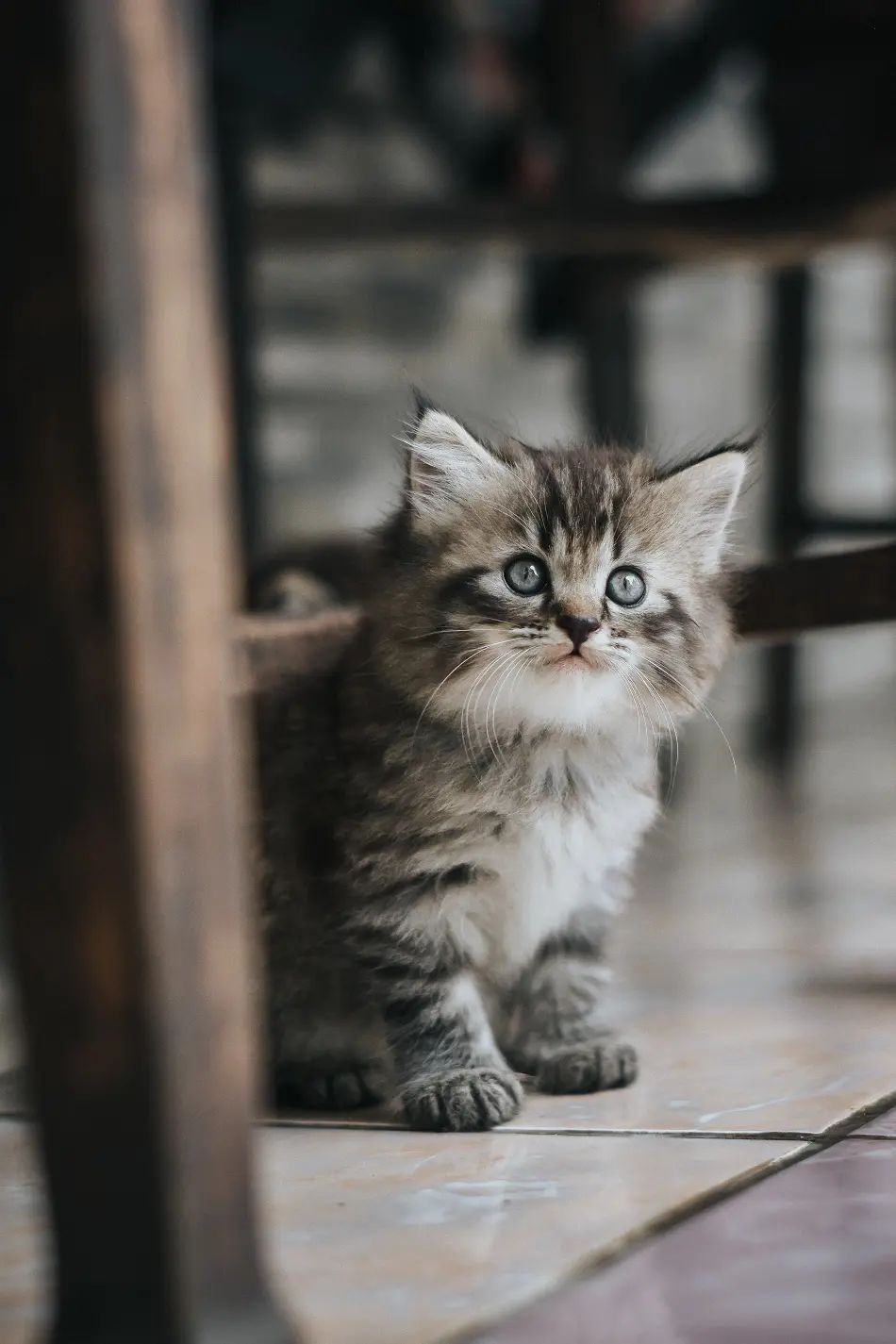
Chirping in cats, more so in kittens, maybe a part of vocal experimentation. Young cats will try a wide range of notes while developing their communication skills, testing all types of vocalizations to learn what works in any given circumstance. This is a natural part of their growth and learning process.
This can be a rather amusing time for cat owners, with different sounds and various kinds of behavior. It is about the phase of developmental stages of feline life where play and exploration make up the core constituents. Thus, encouraging this vocal experimentation will help turn kittens into more confident and expressive adult cats.
20. Individual Personality
Finally, chirping may simply be an expression of a cat's particular individuality. Like human beings with their voice and speaking style, cats exhibit unique vocalization styles. Some are inherently more vocal or expressive, while others do not seem to chirp as much. This individuality is one of the very pleasurable features of feline behavior and emphasizes again that even this species has many diversities.
It may be the magic ingredient some cat owners are looking for to truly enjoy life with their pets. Relishing this individuality lets one appreciate various quirkinesses and traits that make one's cat special. Knowing chirping is a part of this personal expression only deepens this relationship, making it richer and more rewarding.
In the final analysis, the chirping sound cats produce is indeed multi-faceted and interesting in the domestic cat's communication. The complex emotions and social life of cats are expressed in excitement, curiosity, frustration, or even affection. Therefore, cat owners will learn more about their pets by listening to that distinctive vocalization.
Recent posts
Cats
18 Reasons Why Your Cat Is Snoring
While it may seem cute or amusing, snoring in cats can also be an indication of several underlying health problems that pet owners need to know about. Some light snoring is typical for certain cats, however steady or noisy wheezing could demonstrate ...
15 Hypoallergenic Cat Breeds
People are often more allergic to cats than to dogs. Unlike dogs, cat allergies are caused by the proteins found in their saliva, skin, and dander rather than fur. All cats inherently produce allergens, so no cat is truly hypoallergenic. However, som...
15 Ways To Introduce Your Cats Properly
Adding another cat to your household can be a whole excitement, but it may also become an anxiety-ridden experience, especially if you already have another feline companion in the house. Cats are territorial by nature, and being prematurely introduce...
17 Common Causes Of Cat Sneezing
While your cat's occasional sneezes are a natural reflex to get rid of irritations, regular sneezes need further examination. Upper respiratory infections, which are comparable to the common cold in humans, are one of the frequent causes. These infec...
How To Clean Cat Litter Box
Keeping your cat's litter box clean is essential for their health and your home’s hygiene. A well-maintained litter box not only ensures a pleasant environment but also encourages your cat to use it regularly. Regular cleaning of the litter box...
13 Reasons Why Cats Rub Against You
Cats are mysterious, endearing, and independent animals known for their agility, curiosity, and loyalty toward their human companions. If you are a cat owner, you might have noticed your cat rubbing against you several times. It can be a curious thin...

